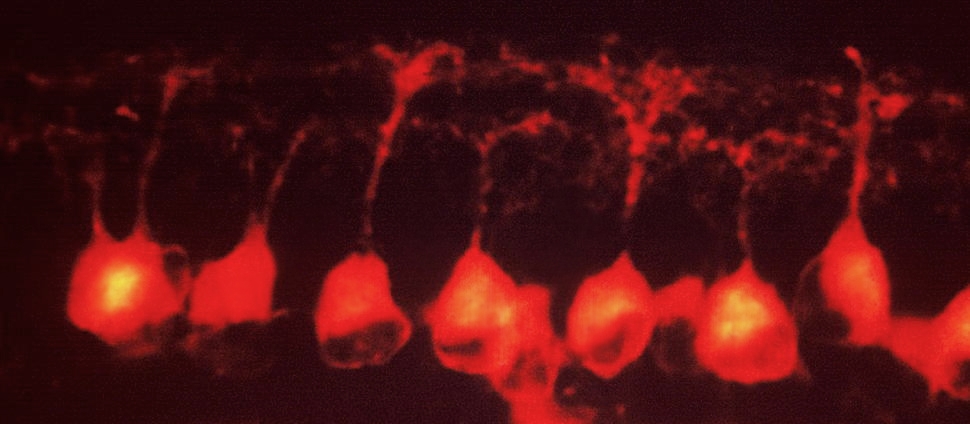Document Type
Article
Publication Date
4-15-2019
Publication Title
Journal of Abnormal Child Psychology
Abstract
Childhood abuse is a potent risk factor for psychopathology, including posttraumatic stress disorder (PTSD). Research has shown high resting vagal tone, a measure of parasympathetic nervous system function, protects abused youth from developing internalizing psychopathology, but potential mechanisms explaining this effect are unknown. We explored fear extinction learning as a possible mechanism underlying the protective effect of vagal tone on PTSD symptoms among abused youth. We measured resting respiratory sinus arrhythmia (RSA) and skin conductance responses (SCR) during a fear conditioning and extinction task in youth with variability in abuse exposure (N = 94; aged 6–18 years). High RSA predicted lower PTSD symptoms and enhanced extinction learning among abused youths. In a moderated-mediation model, extinction learning mediated the association of abuse with PTSD symptoms only among youth with high RSA. These findings highlight extinction learning as a possible mechanism linking high vagal tone to decreased risk for PTSD symptoms among abused youth.
Keywords
Child abuse, Fear extinction, Posttraumatic stress disorder, Respiratory sinus arrhythmia, Resting vagal tone
Volume
47
Issue
4
First Page
659
Last Page
670
DOI
10.1007/s10802-018-0464-0
ISSN
00910627
Version
Author's Accepted Manuscript
Recommended Citation
Jenness, Jessica L.; Miller, Adam Bryant; Rosen, Maya L.; and McLaughlin, Katie A., "Extinction Learning as a Potential Mechanism Linking High Vagal Tone with Lower PTSD Symptoms among Abused Youth" (2019). Neuroscience: Faculty Publications, Smith College, Northampton, MA.
https://scholarworks.smith.edu/nsc_facpubs/134



Comments
Peer reviewed accepted manuscript.